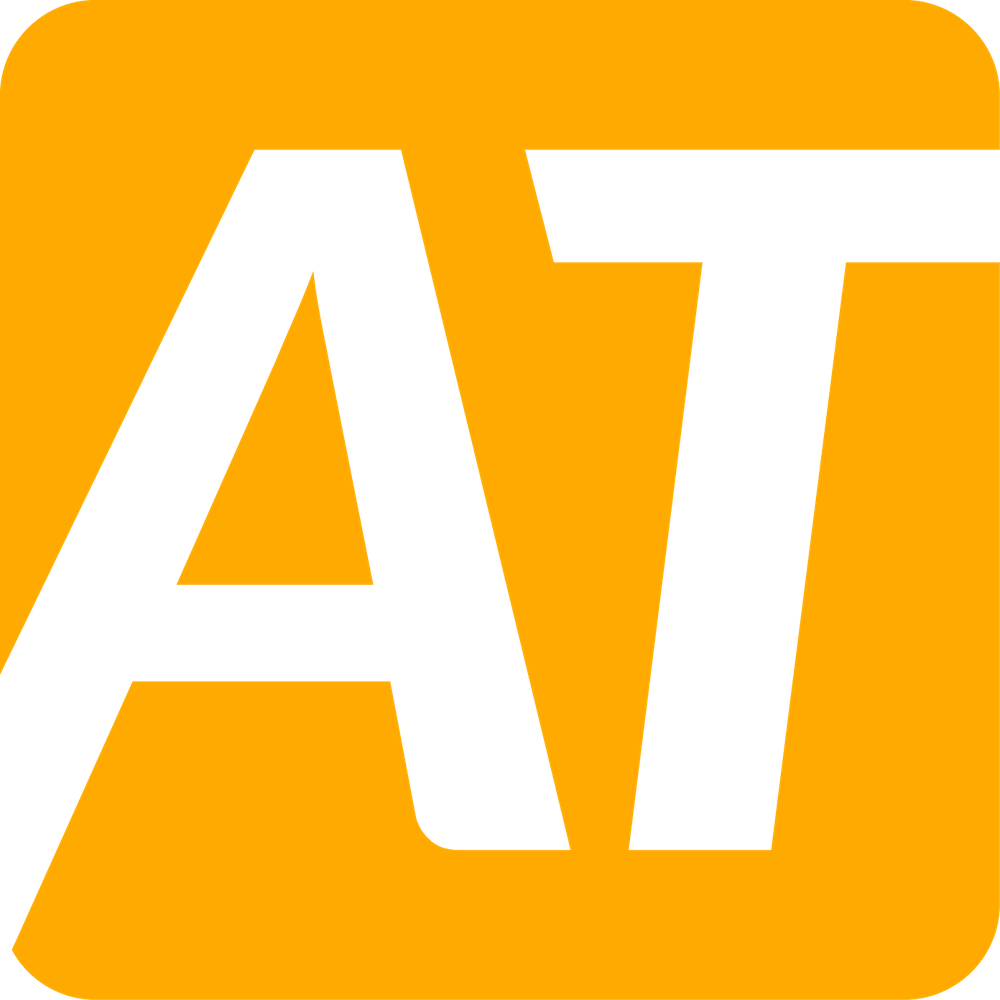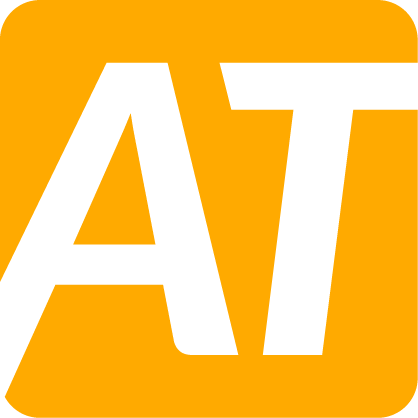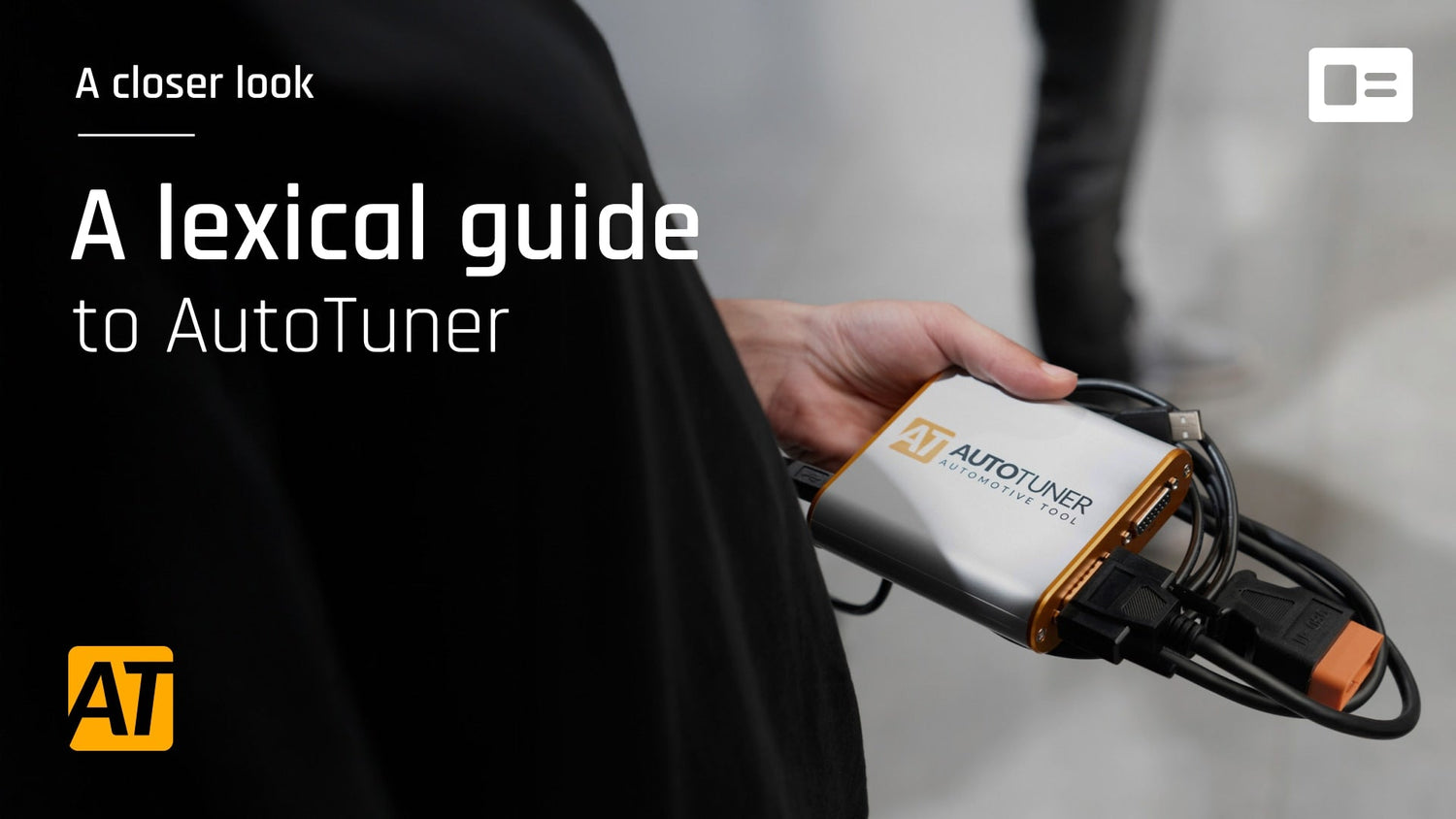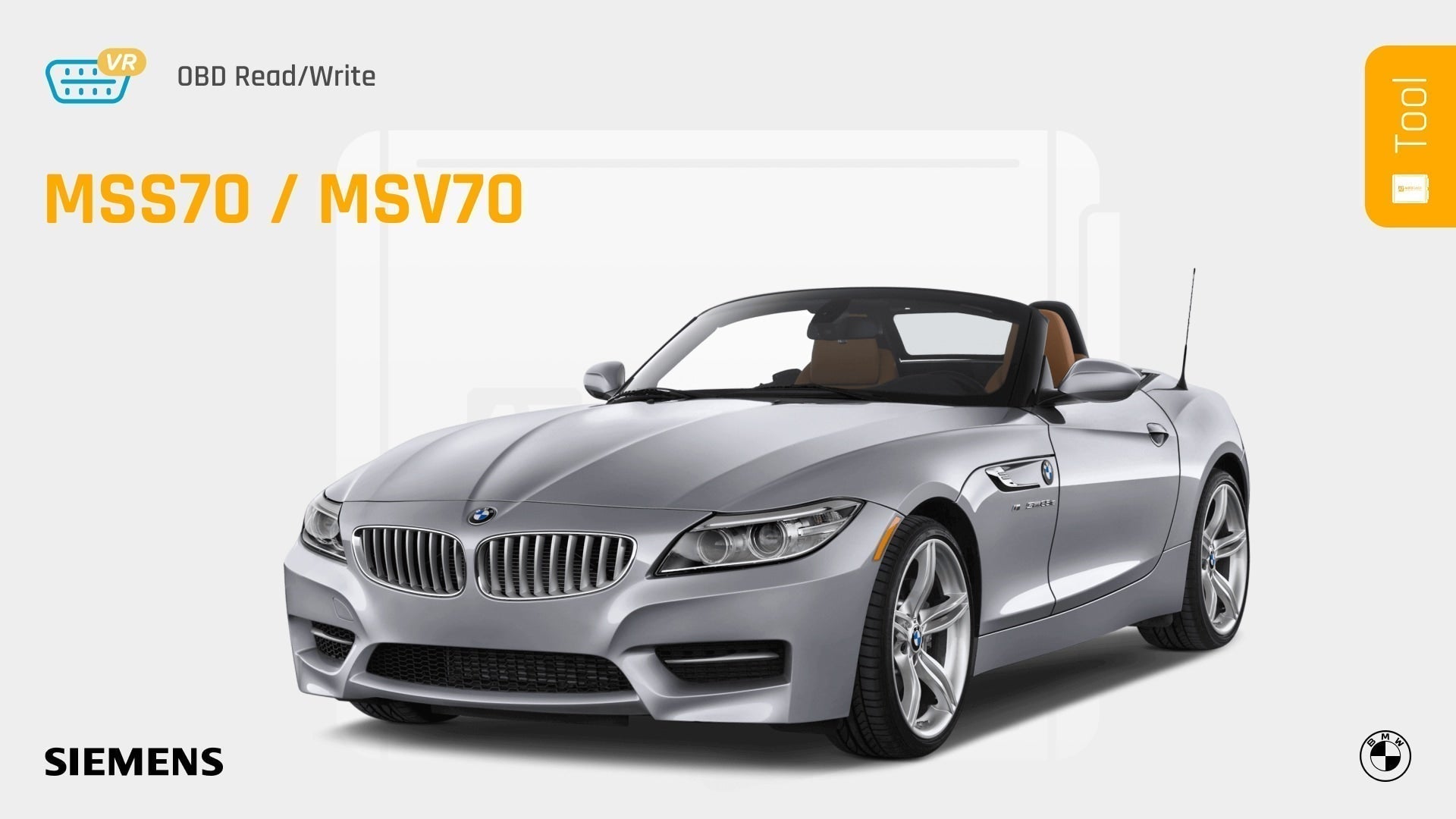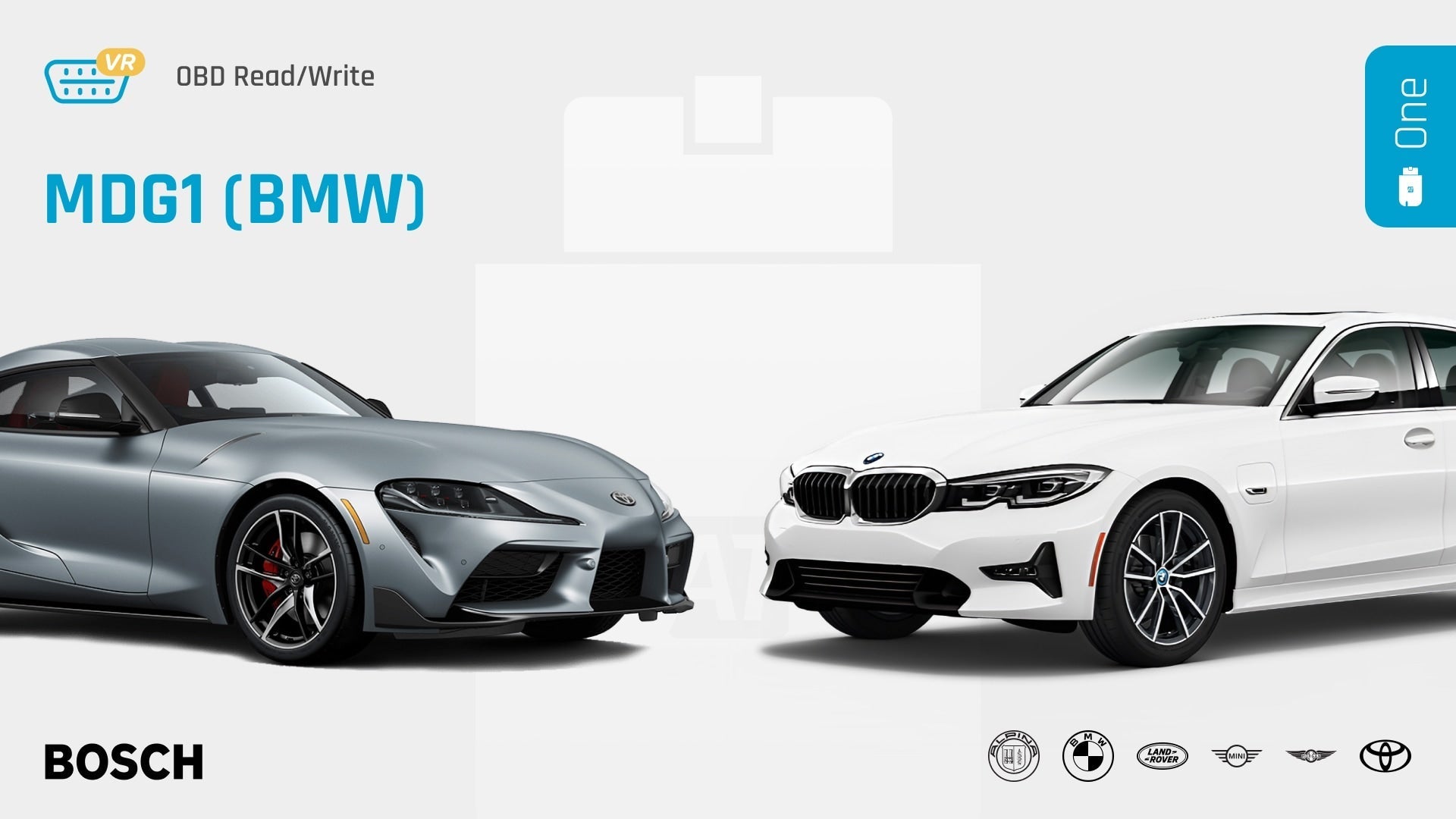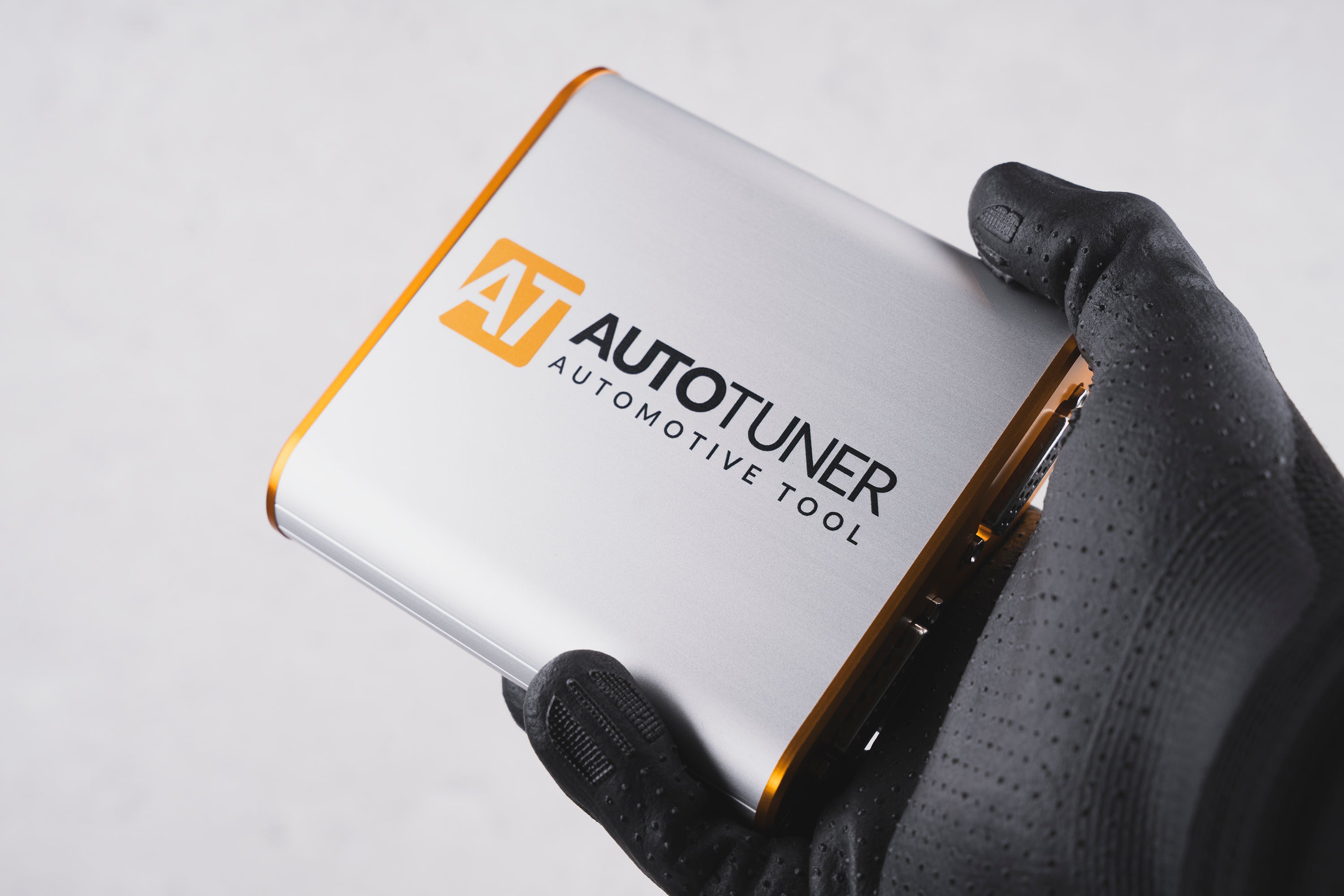Are you new to the field of engine reprogramming? Have you been invited to join our “AutoTuner Community” Facebook group? If that’s so, you will quickly come across lots of new jargon and English terms… Don’t worry! This may seem complex at first, but we’ve compiled this short glossary which will familiarise you with the concepts and expressions we commonly use.
Welcome you to our community!
OBD (On-Board Diagnostic):
This is the diagnostic socket which is usually located under the steering wheel. This term is also used to describe a method of reading the vehicle’s electronic control unit (ECU).
ECU (Engine Control Unit):
This is the unit that controls the vehicle’s engine.
TCU (Transmission Control Unit):
This is the unit that acts as the vehicle’s gearbox computer.
Gateway:
This is an ECU which centralises all the control units of a vehicle.
Secure Gateway:
Nowadays, some gateways require authentication to access the various ECUs. They are called “secure gateways”. To circumvent this problem, we can use a cable or box known as an “SGW bypass”.
Bench:
Method consisting of disconnecting the ECU from the vehicle and connecting it directly to the ECU pins via a specific cable, enabling the engine calibration to be read and written.
Boot:
This method is similar to the bench technique, but it involves opening the ECU and connecting it directly to the processor tracks to manipulate the engine calibration. We recommend using the appropriate probe and a positioning frame for this operation.
Remote unlock:
This is the action of sending an ECU to be unlocked in order to allow reprogramming via the OBD diagnostic socket or OBD on the table.
Backup:
Complete backup of engine ECU data, including all memories.
Calibration:
Section of the file (or dump) containing the modifiable tables that can be adjusted to regulate engine power, for example.
Dump / Hexdump / File:
Full copy of the ECU software, which can be modified using editing software such as WinOLS.
WinOLS:
Software used to edit engine calibration, specifically renowned for its ability to increase power. Although other programmes exist, WinOLS is the most popular and effective.
Checksum:
Numeric value ensuring data integrity. It is required for the recalculation process after each engine calibration modification to guarantee the vehicle will start up.
DTC:
Data Trouble Codes. These identify faults in the ECU, such as catalytic converter problems (“P0420”), for instance. The AutoTuner tool can erase these codes by means of a reset.
Datalogging / Datalog:
The terms “datalogging” and “datalog” both describe simultaneous data collection processes for various parameters. The AutoTuner tool can record predefined parameters while the vehicle is in motion to assess its condition, including turbo pressure, ignition, injection duration, just to name a few.
Master:
The AutoTuner tool is available in two versions. The “Master” tool is designed for professionals with the ability to modify engine calibration parameters. It also allows non-professional users to select from several file providers in line with their specifications. The file read by the tool is therefore in binary format and its data can be modified.
Slave (+ slave file):
The AutoTuner tool is also available in a “Slave” version, which is systematically linked to a “Master”. When purchasing the tool, you must choose a trusted partner who is capable of modifying your engine calibration files. The file read by the tool is encrypted by means of a key which can only be decrypted by the selected Master. You must choose your Master wisely because it is the only one able to change your data.
File provider:
This provides modified engine calibration files. It is also often the Master of one or more tools.
BDM frame / Positioning frame:
A BDM frame and a probe are essential when having to read an ECU in boot mode. The term “BDM frame” originates from the time when ME(D)9/EDC16 ECUs were programmed and the ECU was accessed via the BDM port, before the advent of boot mode with the next generation (EDC17). The frame is a plate (often made of metal) that is used to position the ECU and reach for the probe from above in order to read the ECU.
Probe:
This is a device that is attached to the pins of an ECU to start it up. There are several types of probes that are suitable for Bosch MEDC17 ECUs and the Valeo VD56.
Positioning probes:
The probe alone is often insufficient to read the ECU, which is why small rods known as “positioning probes” must be placed at certain locations of the ECU to boot it (i.e. start it up). This avoids having to weld the ECU.
PCB:
Printed Circuit Board. If you need to change the AutoTuner’s circuit board, go to the Shop and select the button for PCB replacement.
Pinout:
This term is used to locate the small wires of the universal cable (provided by the AutoTuner tool) on the various ECU pins.
ID:
Action of identifying an ECU that permits the assessment of the state of the connection with the vehicle, as well as the correct choice of ECU.
NR (normal read):
This is the tool’s actual reading of ECU data. The reading time varies depending on the vehicles and ECU models. As a result, the data obtained correspond to the real data in the ECU at the time of reading.
VR (virtual read):
Some ECUs cannot be read because the manufacturer has not implemented a read function. In this case, the original ECU data are downloaded from a server. The programme you will obtain will therefore be the vehicle’s original one, even if it has been prepared. If you require an actual reading of the ECU (for example, to make a modification or add an option to an existing preparation), you will have to use the bench or boot method.
Flash counter:
Some manufacturers use this mechanism to detect how many times the ECU has been flashed via the OBD diagnostic socket.
CVN:
Calibration Verification Number. It results from the calculation of a set of data to check their integrity. Some manufacturers and a growing number of MOT centres use this method to determine whether a vehicle is in its original form or whether it has been electronically modified.
Full / Partial read:
In boot mode, a full file is systematically obtained. In most cases, this is also true for bench mode. A partial read occurs when only the engine calibration is extracted. In 95% of cases, this calibration alone is sufficient to modify a vehicle’s performance. A full read is required for cloning or other code modifications.
Back to stock:
This term describes the action of restoring a vehicle to its original state. In some cases, the AutoTuner tool is able to perform this operation by retrieving the vehicle’s original engine calibration from a server and restore the ECU.
FRF:
This is the name of the file extension containing the engine calibration update data for Volkswagen Group vehicles (Audi, VW, Seat, Skoda).
SGO:
This is the name of the file extension containing the engine calibration update data for older Volkswagen Group engines (Audi, VW, Seat, Skoda).
PDX:
This is the name of the file extension containing the engine calibration update data for manufacturers such as Porsche and Renault.
VBF:
This is the name of the file extension containing engine calibration update data for Ford vehicles.
CFF:
This is the name of the file extension containing the engine calibration update data for Mercedes vehicles.
SMR-F:
This is the name of the file extension containing the engine calibration update data for recent Mercedes vehicles.
DSG:
Direct Shift Gearbox. This is a Volkswagen Group double-clutch gearbox.
ZF6/8:
ZF is another gearbox manufacturer. ZF6s have 6 speeds and ZF8s have 8 speeds. Of course, ZF also makes double-clutch gearboxes (for Porsche, for example), but when we mention ZF6 or ZF8, we are referring to those with torque converters.
Stock file:
This term simply refers to the original file.
TSW:
TSW stands for Bosch’s service mode, which provides bench access to ECU data.
Clone / Cloning:
This act involves copying data from one ECU to another. For example, it can be done to repair a faulty ECU by copying its data to a new or used ECU.
K-Line:
Like CAN (Controller Area Network), K-Line is a standard used in the automotive industry to establish communication with the ECU. K-Line is an older protocol, and generally slower.
CAN:
CAN (Controller Area Network) is a communication protocol designed by Bosch in the 1980s. It is used in the automotive industry to communicate with the ECU via the diagnostic socket, for example. Its maximum data rate is 1Mbit/s.
CANFD:
Like CAN, it is a communication protocol. It has succeeded CAN and offers a faster speed rate (up to 8Mbit/s).
Enet:
Enet is a very fast communication protocol (10Mbit/s) based on TCP/IP. It has been widely used by BMW since the F-series, although the gateway also allows the use of the CAN bus.
ECU label:
This term refers to the label on the ECU.
VIN:
Vehicle Identification Number. It is unique and has 17 characters.
Tricore:
Although its name may lead you to believe that it is a three-core processor, it refers to the Infineon processor found in MEDC17 computers.
Aurix:
Aurix is the Tricore range’s successor. It is the processor which is used in most Bosch MDG1 ECUs.
Dyno mode:
This mode ensures that a vehicle on a power bench does not suffer from a power reduction due to ESP intervention.
